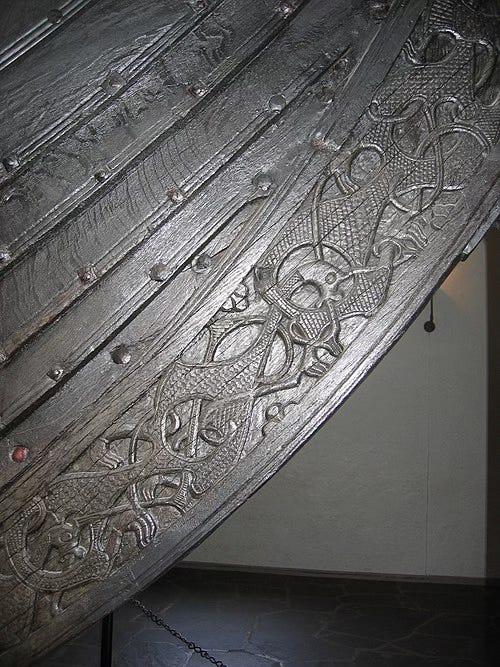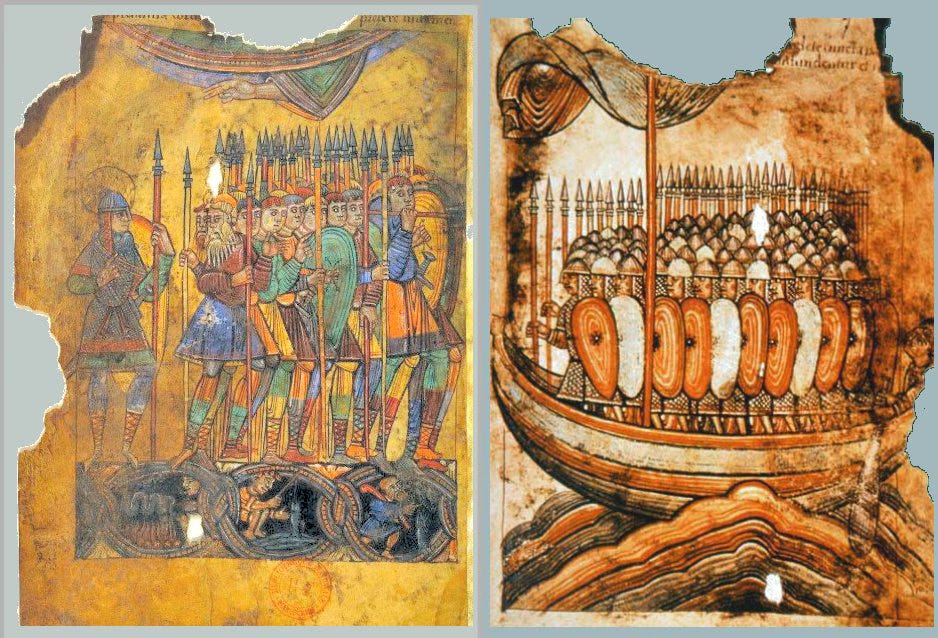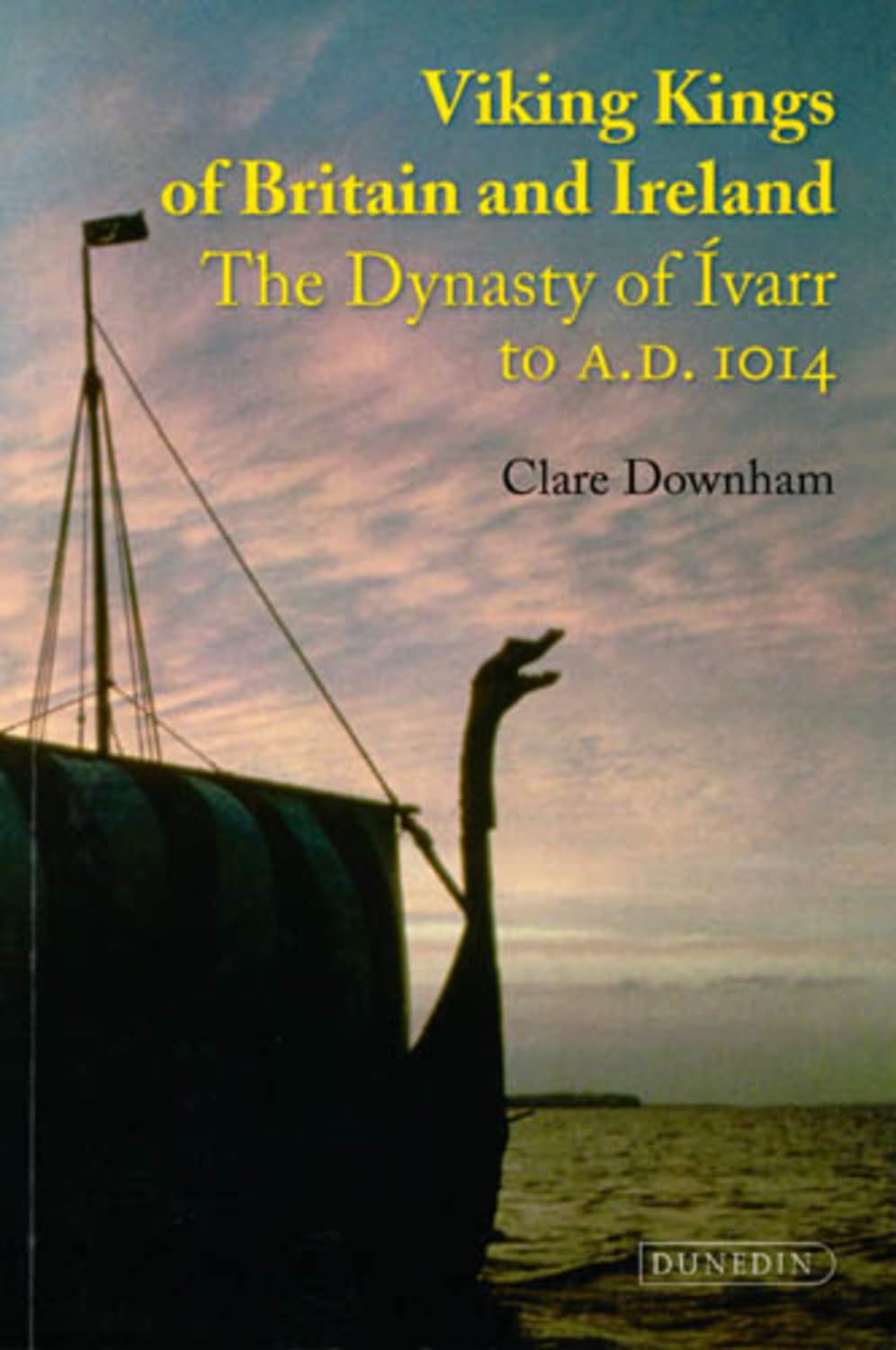The Aesthetic of the North: What Tolkien Helped Me See About the Vikings
On the Viking aesthetic | New Course on Medieval Brittany
Welcome to the newsletter, where history, storytelling, and inspiration come together. Every week, I share some of the fun historical research or concepts I’ve encountered while writing my novels (and other things), as well as updates on my work and journey. If you were forwarded this message, you can join the weekly newsletter here.
Today’s Dispatch
Viking History: The Aesthetic of the North: What Tolkien Helped Me See About the Vikings.
Author Update: Teaching another course on medievalists (dot) net!
This week’s book recommendation.
Viking History
The Aesthetic of the North: What Tolkien Helped Me See About the Vikings
No matter where I am, be it a book fair, conference, or even in social situations with people who know what I do for a living, one question tends to come up more than any other: What do you think makes the Vikings so popular? It’s a question we’ve tackled on the Vikingology Podcast as well, but with varying degrees of success. We all have ideas about what makes them attractive to a wide, global audience, as much today as they ever did. But what is it about them exactly that we’re all drawn to?
About two weeks ago, I came across an old interview with J.R.R. Tolkien, his first and last, I believe. The interviewer asked him that tricky question they like to ask authors: Why did you write your books? His answer gave me one of those “ah-ha!” moments that make me want to jump up and down like Tom Cruise on Oprah’s couch.
He said, “One of our natural factors is wishing to create, but since we aren’t creators, we have to sub-create. Let’s say, we have to rearrange the primary material in some particular form, which pleases. It isn’t necessarily a moral pleasing, but an aesthetic pleasing.”
You can see the clip here: » Tolkien Clip «
It took me a few days of chewing over his words before the ah-ha moment occurred. I honed in on the words “aesthetic pleasing” and considered what it meant. Aesthetics, at its core, is the study of beauty—why we find certain sights, sounds, and experiences pleasing or meaningful. It poses big questions, such as what makes something beautiful, whether beauty is universal, and why humans create art in the first place. In short, it’s the branch of philosophy that explores how and why we experience beauty in the world around us.
One of the things that drew me to Tolkien was his liberal use of Norse mythology, among others. There’s a specific something about it that, when I engage with it, gives me a deep sense of satisfaction. And that’s when it hit me.
Viking art, motifs, stories, and history all share a particular aesthetic derived from the common cultural linguistic boundary of Scandinavia at the outset of the so-called Viking Age. I would describe it as rugged natural forms, intricate patterns, and a mythic fatalism that feels ancient and strangely modern.
Perhaps the reason we’re drawn to the Vikings and the Viking Age is as simple as their aesthetic pleases us. Something about it, possibly undefinable (though many have and will continue to try), speaks to us on an aesthetic level, akin to how we are drawn to striking faces or haunting melodies that we can’t quite explain.
Now, much of that aesthetic is a later invention, and that’s precisely the point. The 19th and 20th centuries saw a great deal of sub-creating, as Tolkien would call it, incorporating modern preferences into that aesthetic. That may have helped make the Vikings even more appealing.
This all led me to the ultimate conclusion that the Vikings are popular because their aesthetic pleases, and it pleases because, on some level, their world still resonates with our sense of beauty and meaning. And perhaps, as Tolkien might say, that’s all it needs to do.
Author Update
I’ll be teaching another course on medievalists (dot) net!
Give the gift of a fascinating course on little-known medieval history to your loved ones (or yourself) this holiday season. Starting in January 2026, I will be teaching a course on early medieval Brittany, its struggles with its Celtic identity, against the Frankish empire, and the invasions of the Vikings.
Book Recommendations
Viking Kings of Britain and Ireland, by Dr. Clare Downham.
Blurb:
Vikings plagued the coasts of Ireland and Britain in the 790s. By the mid-ninth century vikings had established a number of settlements in Ireland and Britain and had become heavily involved with local politics. A particularly successful viking leader named Ivarr campaigned on both sides of the Irish Sea in the 860s. His descendants dominated the major seaports of Ireland and challenged the power of kings in Britain during the later ninth and tenth centuries. This book provides a political analysis of the deeds of Ivarr’s family from their first appearance in Insular records down to the year 1014. Such an account is necessary in light of the flurry of new work that has been done in other areas of Viking Studies. In line with these developments Clare Downham provides a reconsideration of events based on contemporary written accounts.






Take a look at Tolkien "On Fairy Stories". He expand on those ideas he touched in the interview. The very development of this essay changed the way he saw fantasy and led to the changes of how he wrote it
Hobbit is pre-essay, Lord of the Rings is post it.